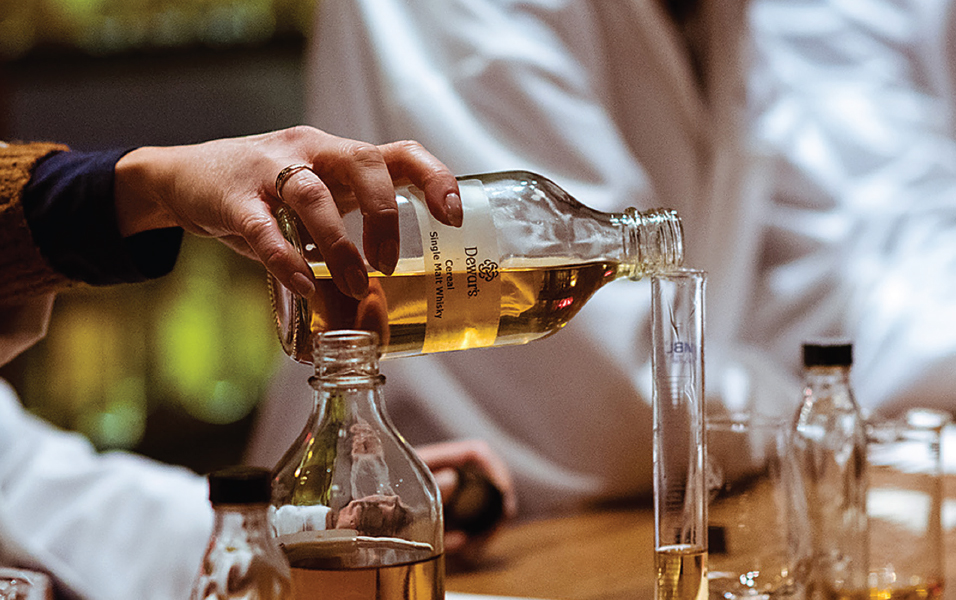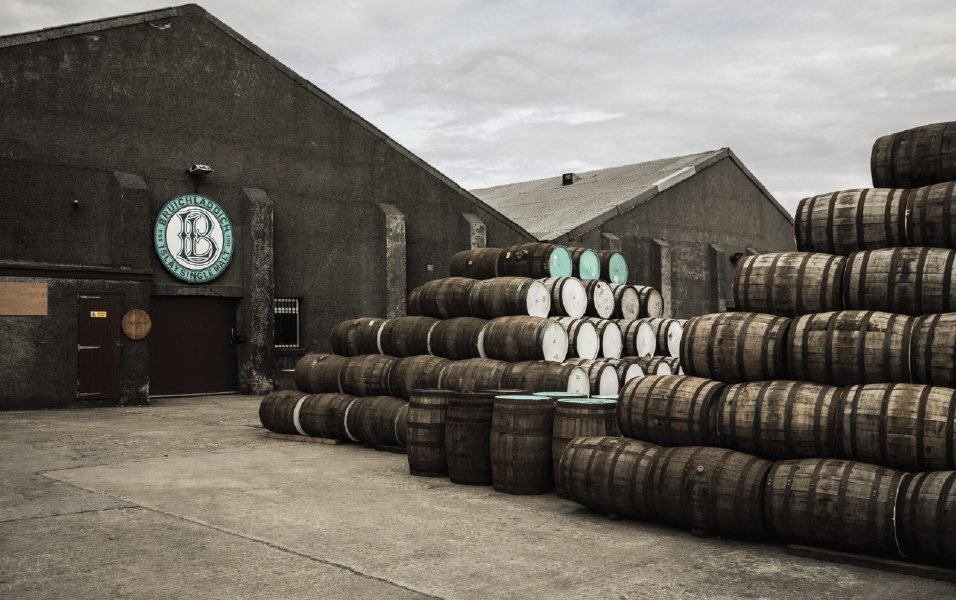Unexpected drams and destination distilleries are pushing the definition of what makes whisky whisky…
BY HUGH GARVEY
It’s time to stop being so binary about whisky. While scotch and bourbon offer varying degrees of caramel, citrusy, rich, oaked, smoky, and sublime flavours, to simply sip rare single malts and Pappy Van Winkle’s Family Reserve is to cut yourself off from a literal world of whisky. Around the globe, boundaries and borders are being crossed. With Scottish brands breaking rules, renegade distillers on the Continent making terroir-specific spirits, and Japanese artisans paying tribute to Scotland, we are living in the golden age of the golden spirit.

Monks may have ignited what became the scotch whisky industry, but it was entrepreneurs who globalised it. And today the country is known as much for its innovation as it is for the old stuff. The early single malts tended to be aggressively flavoured, so pioneering distilleries like Dewar’s saw the benefit of blending multiple malts and grains to create a mellower and more accessible drink; thanks in part to the efforts of scion Tommy Dewar, the style caught on globally by the mid 20th century. As tastes changed, so did the product: Dewar’s more recent bottlings have included 18-year aged blendeds, and whisky finished in charred and scratched American oak casks that create an even smoother drink. Among today’s renegades, the leader is Bruichladdich, a self-described “progressive Hebridean” distiller on the island of Islay that produces a range of whisky, much of it made with Victorian-era equipment. Eschewing the tartan clichés, the distinctive blue bottle telegraphs the message that this is the insider scotch. To taste the throughline from past to present, track down their Bruichladdich Forty, an Islay single malt first distilled in 1964. That is, if you have about US$4,000 to spare in your drinking budget.
Tired Bill Murray Lost in Translation references aside, Japanese whisky is no joke. Case in point: A bottle of Suntory’s The Yamazaki 35-year-old could set you back around US$90,000. If you can find it. A comparatively affordable and more readily available option is the 21-year-old Taketsuru Pure Malt from Nikka, which can go for roughly US$350 on the open market. The latter is a descendent of a Japanese distilling tradition that started when a young Masataka Taketsuru studied in Glasgow and returned with a Scottish wife and the knowledge to make Scottish-style whisky at Nikka.
Today Japan is the force to be reckoned with in the world’s scotch-style whisky production. One could spend several days touring the Japanese distilleries, from Nikka’s Yoichi on Hokkaido to Suntory’s Yamazaki near Kyoto, but Tokyo offers a more convenient and luxe crash course. Tokyo Whisky Library, an opulent bar in the vicinity of tony Omotesando, stocks more than a thousand varieties, including brands like Kirin’s slightly sweet Fuji-Sanroku, which is elusive stateside. For an education in precision dilution, you could visit the tiny Apollo bar, which specialises in whisky highballs: Here the ice is hand-carved, fanned to temper the surface so it won’t crack, and the whisky is poured into exquisitely thin glassware.

While Scotland and Kentucky continue to crank out some of the most exquisite bottlings in the world (you can thank Scotch-Irish immigrants to the U.S. for swapping corn for barley as the predominant grain and creating the bourbon boom), distillers are making whisky in the most unexpected of places. In the Czech Republic, a former spirits distillery bottled a batch of single malt whisky just before the fall of the Berlin Wall, and it languished until the business was acquired decades later. Today the whisky is sold under the name Hammerhead. The pièce de résistance is a whisky aged for 28 years in a lot of just 300 bottles.
In Spain, distillers are bringing the fight to Scotland. Scottish distilleries have long experimented with finishing their whiskies by aging them in old Spanish sherry casks, and it caught on across the industry. This inspired Spanish concern Nomad Outland Whisky to do the same thing, but flip the script and finish their own Scottish whisky locally in Jerez, the land of sherry itself. The difference isn’t just rooted in terroir, but also in the local barrels, which impart a pure sherry character to the whisky. The localisation of whisky is also practiced at Sweden’s Mackmyra, where its single malt is smoked over indigenous juniper, imparting a Swedish botanical flourish to the product.
For the full article grab the December 2018 issue of MAXIM Australia from newsagents and convenience locations. Subscribe here.




